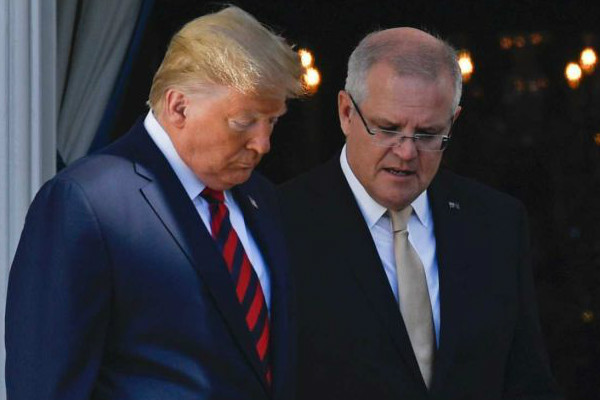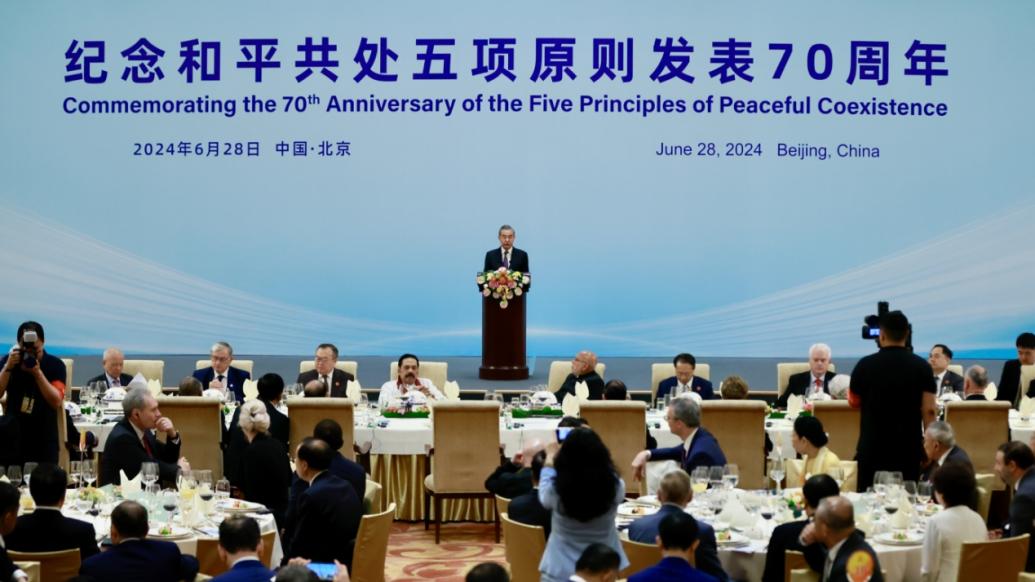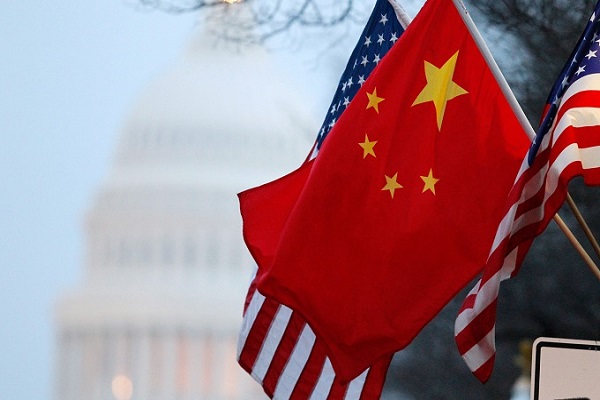
By Henry Hing Lee Chan
Zero Interest Rates: Can Retirees Survive?
With the European Central Bank (ECB) and Bank of Japan (BOJ) going into negative short-term interest rate to stimulate bank lending and economic growth, long term government bond yields dived to previously unseen levels worldwide. As of April 8, 2016, the annual yield of 10-year government bonds are as follows: US: -1.72 percent, UK: -1.35 percent, Germany: -0.09 percent, Singapore: -1.86 percent, Japan: -0.084 percent. For retirees living partially on non-government pensions, the natural question that comes to their minds is whether their private pension funds can survive the zero or negative interest rate regime, and if so, whether these funds will cut their already low benefit payments.
Pension funds are one of the most important buyers of long term government bonds; their long term liability benefit payment patterns match that of long term government bonds. Buying long term government bonds provides the best hedge against the asset-liability mismatch as well as unmatched safety on long term assets. In fact, many countries set strict rules on holding a certain minimum percentage of long term government bonds for the asset pools of pension funds.
Now with the prolonged period of monetary easing and the unlikely event of rates going back to their historically normal range, these institutions are cutting back on their promised returns to retirees and are diversifying into other investment classes to raise returns to meet their positive return promises. Regulators worldwide are generally supportive of the search for higher yields in resolving the dilemma and have relaxed the investment rules to allow pension funds to diversify away from traditional stocks and bonds and to invest in new asset classes.
However, these new asset classes are not likely to resolve the zero rate dilemma. It is well known in the industry that alternate investment funds, regardless of whether they are invested in companies, real estate, or infrastructure projects, generally came into 2 types: the first type, constituting around 25 percent of funds, generate good returns; while the rest, almost 75 percent of funds, instead lose money after fees.
With an increasing retiree population around the world, especially in developed regions, and with non-government retirement funds forming an important part of retirees’ incomes, the low return of their non-government pension plans or the increasing risk undertaken by these funds could suppress retirees’ spending over time. This unintended cut in consumption from zero interest rate policies will get more serious over time and will run counter to the use of zero interest rates to boost consumption.
ECB president Mario Draghi and former Fed chairman Ben Bernanke have long urged governments around the world to step up fiscal solutions to the slowing economy in lieu of zero interest rate monetary policies. Even if government debt levels are elevated all over the world, using fiscal deficit should merit a revisit at some point in time.
























Leave a Reply
Your email address will not be published. Required fields are marked *